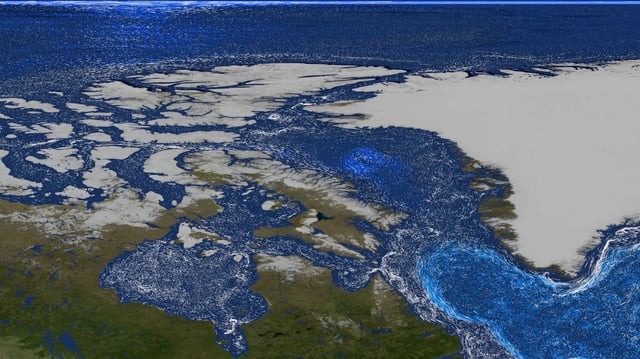Overview
- Simulations on NASA’s Ames supercomputers show that nutrients carried by Greenland’s glacial meltwater boost summer phytoplankton growth by 15 to 40 percent in Jakobshavn Fjord.
- The ECCO-Darwin model merges billions of satellite and ship-based ocean measurements to recreate how biology, chemistry and physics interact in coastal Arctic waters.
- At peak melt, Jakobshavn Glacier releases more than 300,000 gallons of freshwater per second, contributing to Greenland’s annual loss of nearly 300 billion tons of ice.
- Although fresh glacial runoff reduces seawater CO₂ solubility, the enlarged phytoplankton blooms compensate by absorbing increased atmospheric carbon.
- Researchers will scale their high-resolution simulations to all of Greenland’s roughly 250 glaciers and other sensitive polar and temperate regions to evaluate ecosystem and carbon cycle feedbacks.
